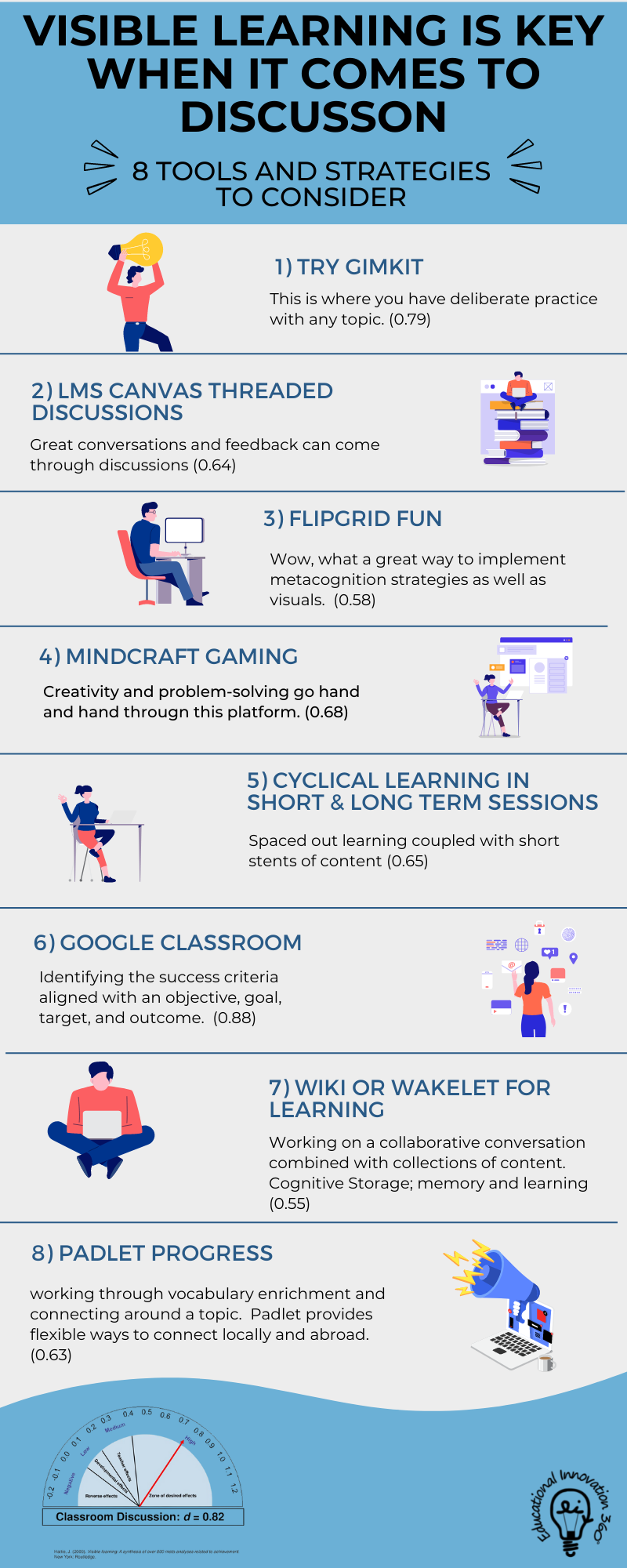Why Middle Schoolers Are Primed for Dialogic Discussion
Critical thinking and thoughtful discourse are essential skills for life-long learners. According to research, the middle school years are prime time for students to develop these skills. By providing opportunities for dialogic discussion in your classroom, you can help your students become critical thinkers and thoughtful communicators.
Not a debate but more like a conversation
Most people have familiarized themselves with the idea of a debate, where two sides take opposing positions on an issue and argue their points. Dialogic discussion is similar but with a key difference: instead of debate, the goal is dialogue. That is, the goal is not to win the argument but to explore different perspectives and gain a more refined understanding of the matter at hand.
This type of discussion is particularly important for middle schoolers, who are at an age when they are starting to develop their own opinions on controversial topics (Adler & Rougle, 2005). In a dialogic discussion, they have the opportunity to hear other points of view and learn how to respectfully disagree.
With practice, they will be able to carry these skills into adulthood, where they can be used in both personal and professional relationships (García-Carrión, 2020).
Why It's Dialog and Discussion So Important
To create dialogic discussions in your classroom, there are some key things to include:
Start by choosing controversial or thought-provoking topics that will spark debate. These can be related to current events, social issues, or personal experiences. Encourage students to take different positions on the issue.
Then, encourage students to take turns sharing their opinions and actively listen to their classmates. It's okay if they don't agree with each other that's the whole point! – but they should respect each other's opinions
Finally, facilitate a discussion by asking probing questions and encouraging different perspectives. The goal is not to come to a consensus but to understand the different points of view (Díez-Palomar et al., 2021).
Dialogic discussions can take place in different ways; one could host a Socratic Seminar and involve the entire class or have students break off into small groups. Large groups make it easy for a class to gain collective understanding, while small groups promote more engagement (Díez-Palomar et al., 2021).
What do we know about Middle Schoolers?
Middle schoolers are primed for dialogic discussion, which is why it's so important to have these types of conversations in the classroom. By engaging in dialogic discussions, students can develop their critical thinking skills and learn how to think more deeply about a topic. When teachers incorporate dialogic discussion into their classrooms, they give their students a valuable tool they will use throughout their lives.
Tips for Classroom Discussion in Middle School. When planning for a middle school conversation; here are some things you should keep in mind to ensure your success.
Educational Innovation 360
References
Adler, M., & Rougle, E. (2005). Building literacy through classroom discussion: Research-based strategies for developing critical readers and thoughtful writers in Middle School. Scholastic Inc. p. 20-36.
Díez-Palomar, J., Man Ching, E. C., Clarke, D., Padrós, M. (2021)
How does dialogical talk promote student learning during small group work? An exploratory study, Learning, Culture, and Social Interaction. Science Direct. Vol. 30. Part A. Retrieved from: https://doi.org/10.1016/j.lcsi.2021.100540.
García-Carrión, R., López de Aguileta, G., Padrós, M., & Ramis-Salas, M. (2020). Implications for social impact of dialogic teaching and learning. Frontiers. Retrieved from https://www.frontiersin.org/articles/10.3389/fpsyg.2020.00140/full

